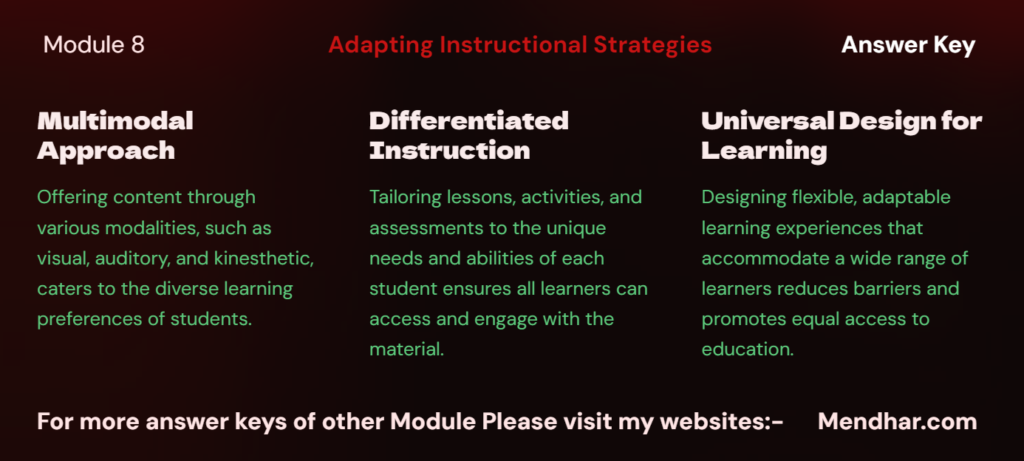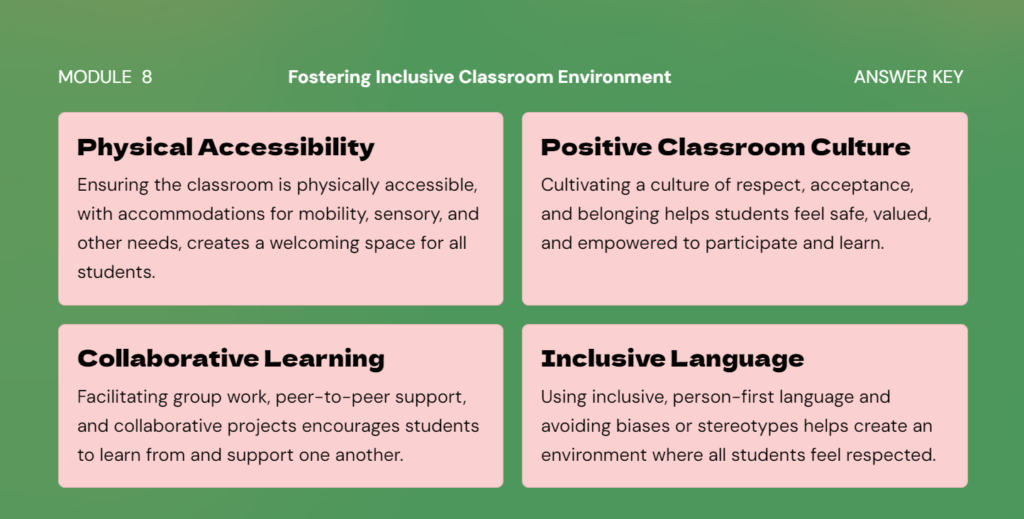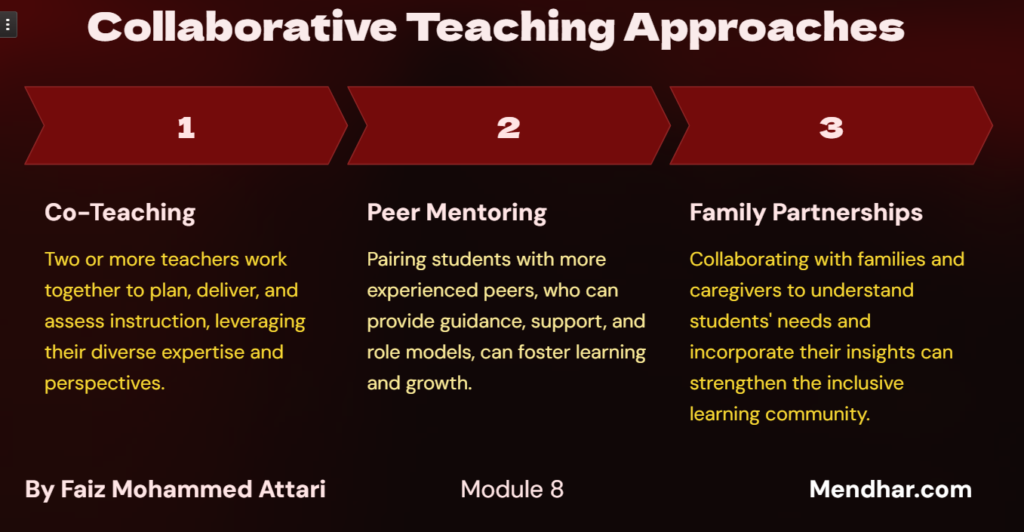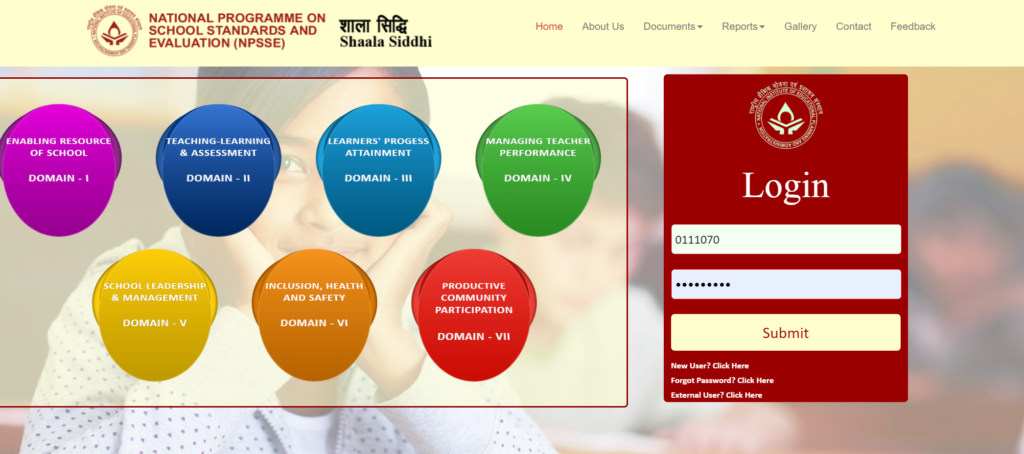Inclusive Education and General Teaching Strategies

Inclusive education is not merely a buzzword; it’s a transformative approach that fosters belongingness, equity, and diversity within educational settings. At the heart of this philosophy lies Module 8: General Teaching Strategies. In this blog, we delve into the significance of inclusive education, the essence of Module 8, and the initiatives undertaken by the Government of India to promote inclusivity in schools across the nation.
Inclusive education embodies the principle that every student, regardless of their background, abilities, or disabilities, has the right to access and thrive in mainstream educational environments. It transcends traditional notions of segregation and emphasizes the value of diversity in enriching the learning experience for all.
In Module 8: General Teaching Strategies, educators are equipped with a toolkit designed to accommodate diverse learning needs effectively. It emphasizes creating a supportive and inclusive classroom culture where every student feels valued, respected, and empowered to reach their full potential.

Inclusive Education and General Teaching Strategies – Module 8 : Answer key
1) The full form of U.D.L. is:
a) Universal Design of Learning
b) Universal Day of Learning
c) Universal Day to Learn
d) None of the above
Correct answer: a) Universal Design of Learning
2) A teacher should present a topic with different means and methods so that the student can easily absorb the new information.
a) TRUE
b) FALSE
Correct answer: a) TRUE
3) Choose the correct option: The full form of L.R.E. is:
a) Least Restrictive Environment
b) Low Restrictive Environment
c) Least Rest Environment
d) None of the above
Correct answer: a) Least Restrictive Environment
4) UDL is a research-based framework that addresses the teachers and helps them to minimize barriers and maximize learning for all students.
a) TRUE
b) FALSE
Correct answer: a) TRUE
5) Usage of sign language interpreters for students who are deaf is an example of accommodation.
a) TRUE
b) FALSE
Correct answer: a) TRUE
6) Inclusive approach of teaching is child-centered.
a) TRUE
b) FALSE
Correct answer: a) TRUE
7) Inclusive approach incorporates individualized teaching methodology.
a) TRUE
b) FALSE
Correct answer: a) TRUE
8) Inclusive approach is not flexible and not adapted to suit the needs of the children.
a) TRUE
b) FALSE
Correct answer: b) FALSE
9) The usage of assistive technologies, such as screen readers or speech-to-text software, to support students with visual impairments is an example of:
a) Adaptation
b) Accommodation
c) Modification
d) None of the above
Correct answer: b) Accommodation
10) Which of the following is NOT a principle of Universal Design for Learning (UDL)?
a) Representation
b) Engagement
c) Mastery
d) Expression
Correct answer: c) Mastery
11) Providing extra time for students with learning disabilities to complete assignments or tests is an example of:
a) Adaptation
b) Accommodation
c) Modification
d) None of the above
Correct answer: b) Accommodation
12) The concept of “multiple means of representation” in UDL refers to:
a) Providing various ways for students to demonstrate their understanding
b) Offering multiple options for presenting information to students
c) Allowing students to work at their own pace
d) None of the above
Correct answer: b) Offering multiple options for presenting information to students
13) An Individualized Education Program (IEP) is developed for students who:
a) Have demonstrated exceptional academic achievement
b) Require special education services
c) Attend private schools exclusively
d) None of the above
Correct answer: b) Require special education services

Conclusion:-
Inclusive education is not just a pedagogical approach; it’s a societal imperative that acknowledges the inherent worth and dignity of every individual. Module 8: General Teaching Strategies serves as a guiding light for educators embarking on the journey towards inclusivity, providing them with the tools and knowledge needed to create equitable learning environments.
As the Government of India continues to champion the cause of inclusive education through its various initiatives and policies, it is imperative that educators embrace the principles of diversity, equity, and inclusion in their practice. By working together, we can build a future where every student has the opportunity to learn, grow, and succeed, regardless of their background or abilities.
Inclusive education:general Teaching strategies:Module 8 is not just a module; it’s a philosophy that celebrates the rich tapestry of human diversity and empowers every individual to shine brightly in the mosaic of life. Let us join hands in creating a world where inclusivity is not just a goal but a reality for all.
- You might be interested to read!
- RELATED ARTICLES:-



Pingback: Autism-Teaching Strategies: Module 9 -
Pingback: Intellectual disability:Teaching strategies-Module 10 -